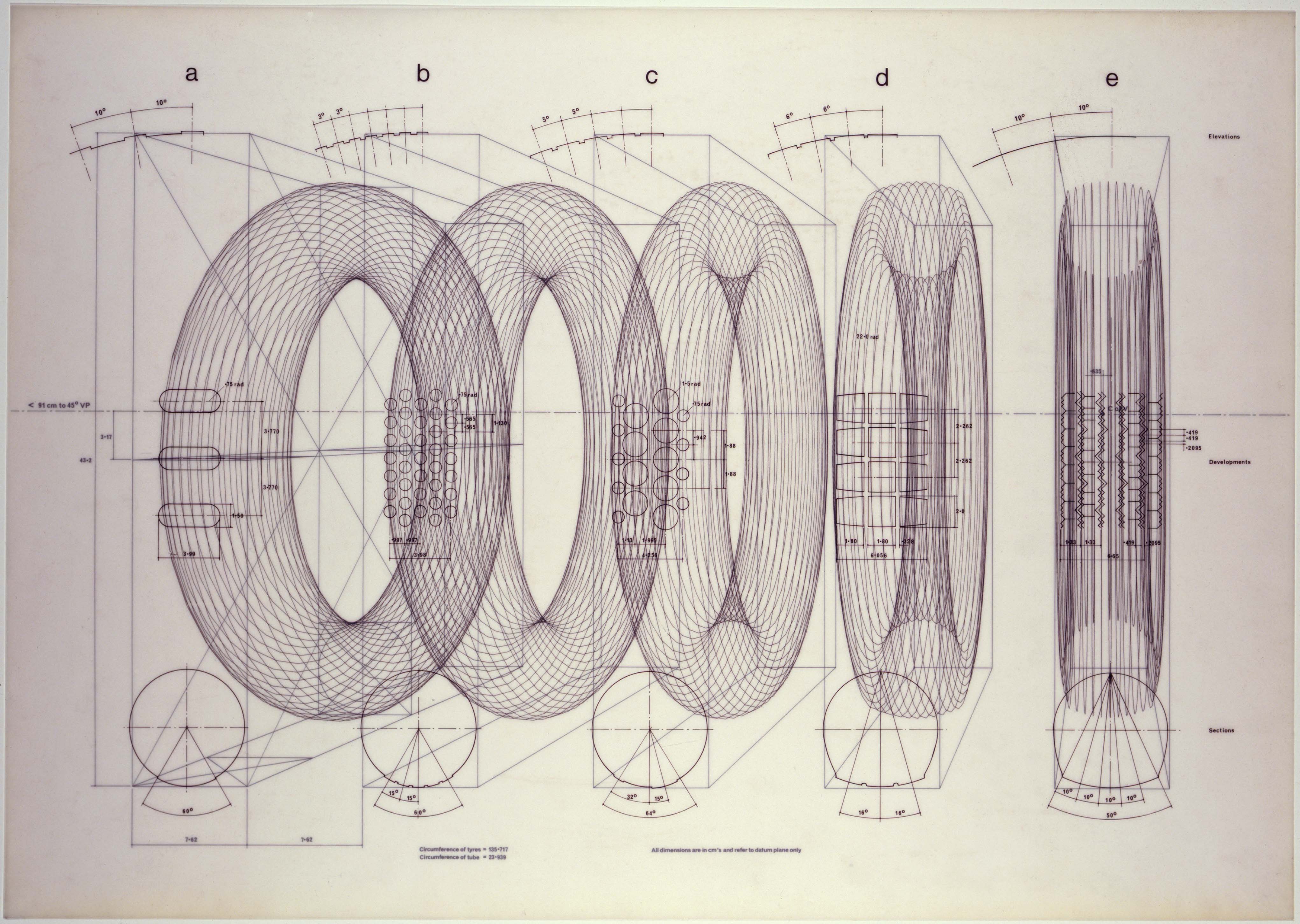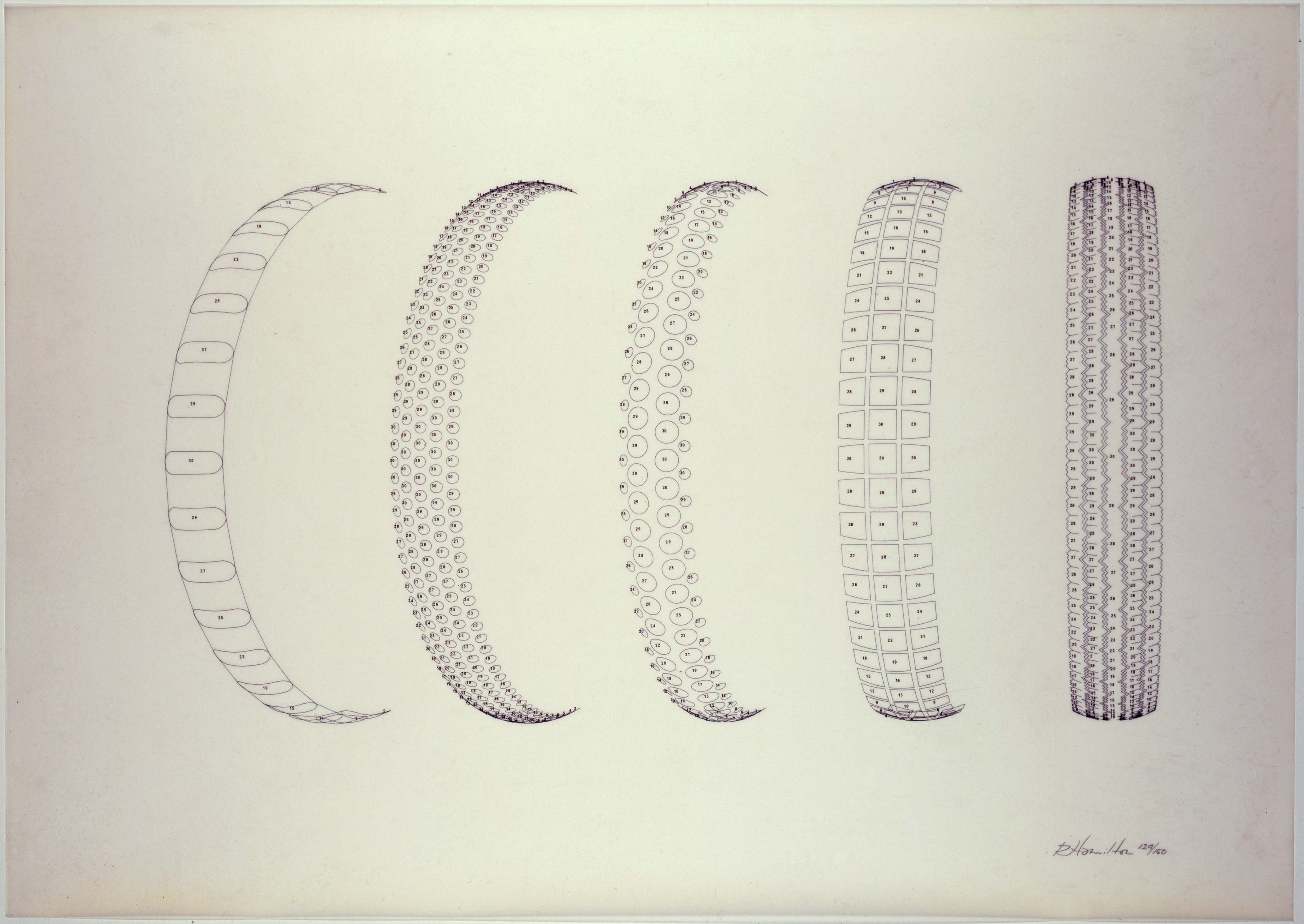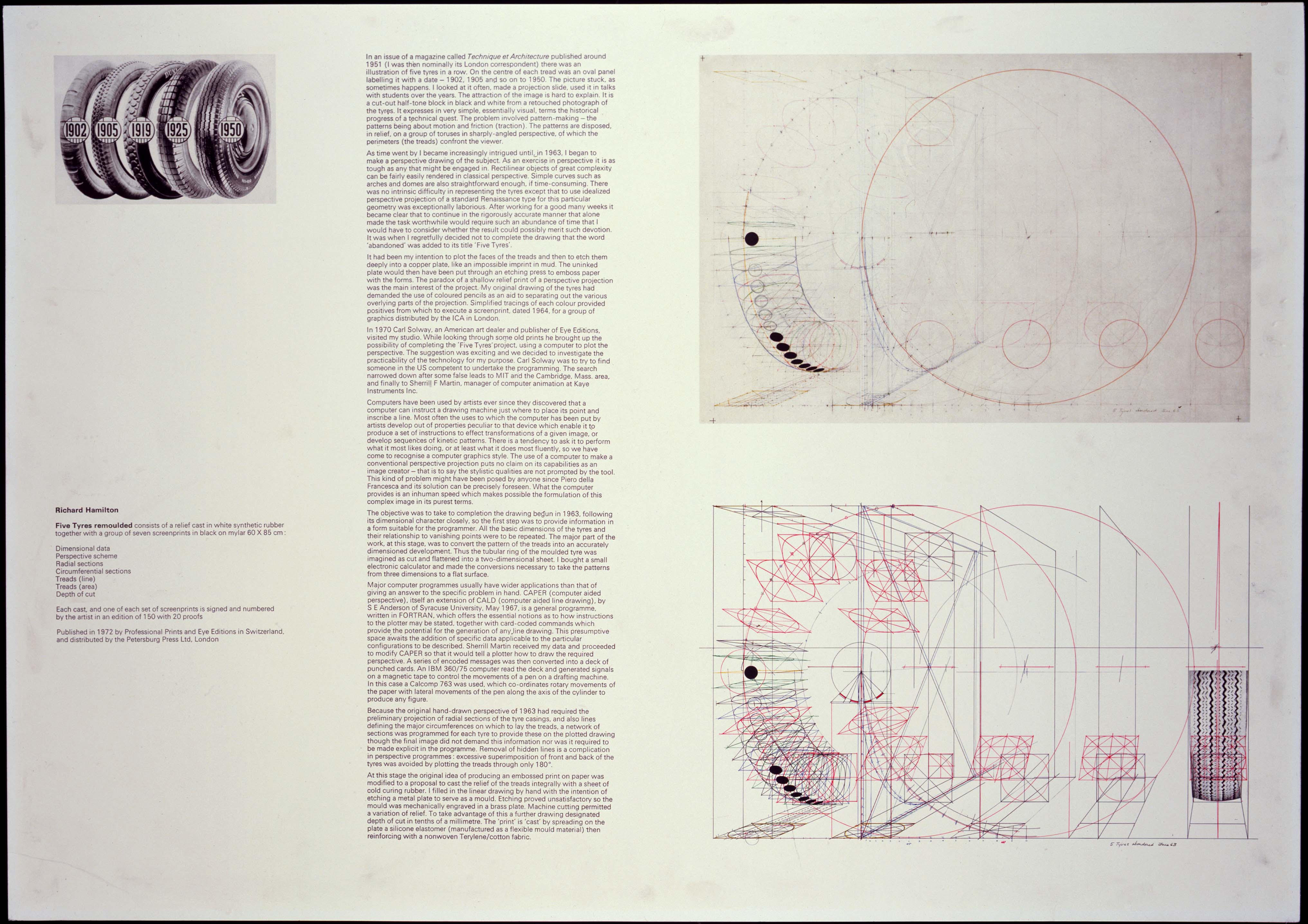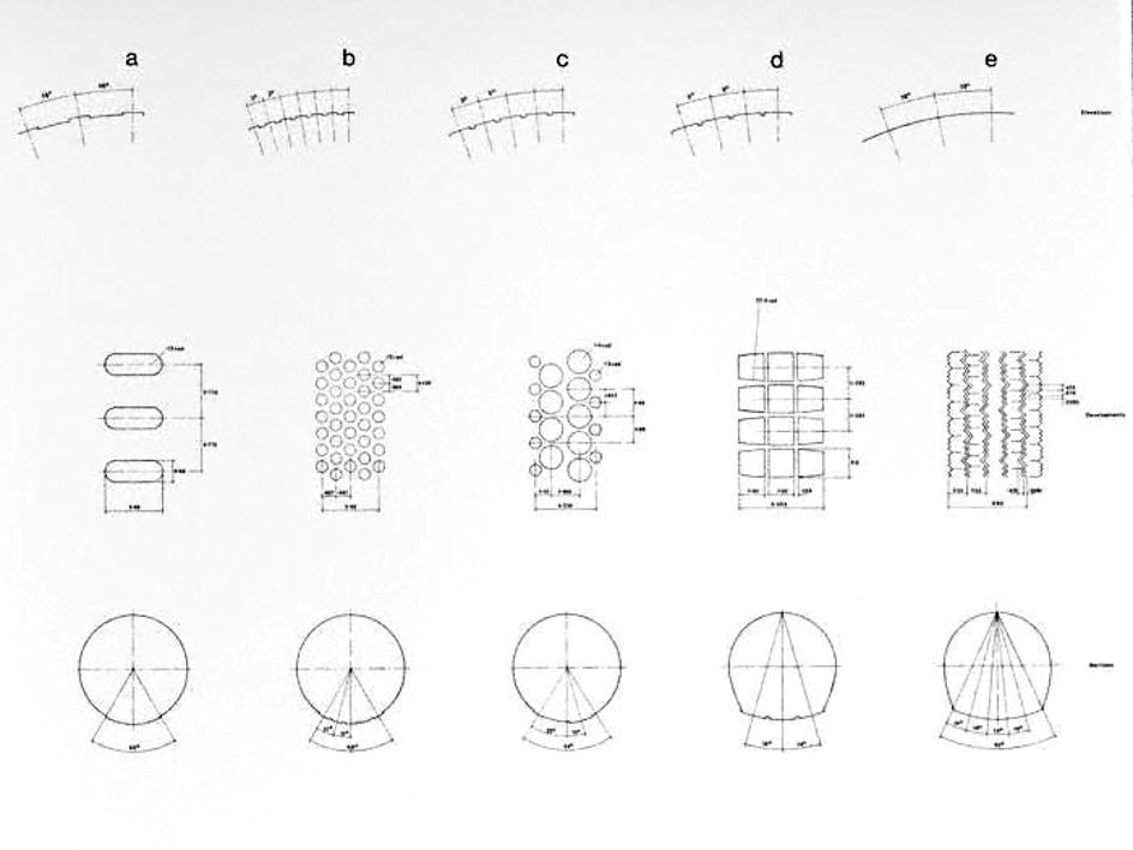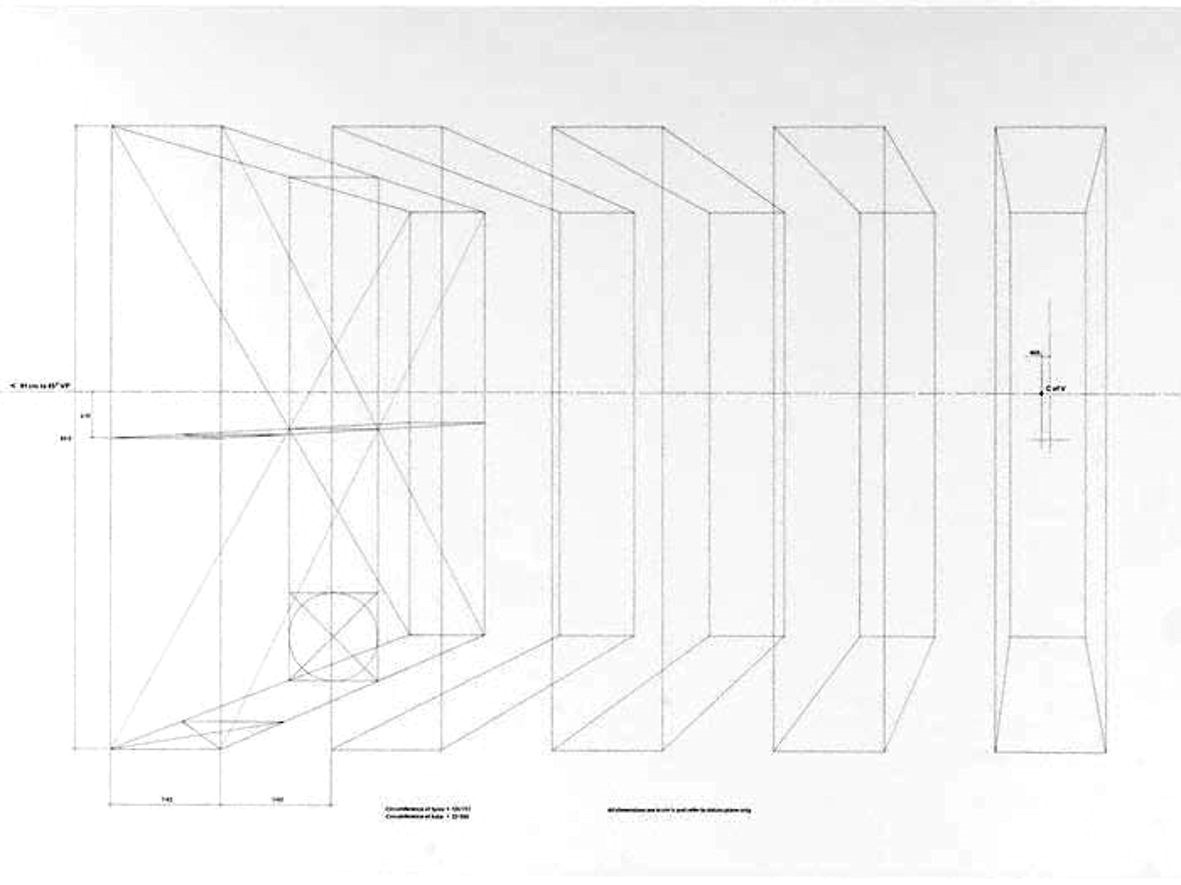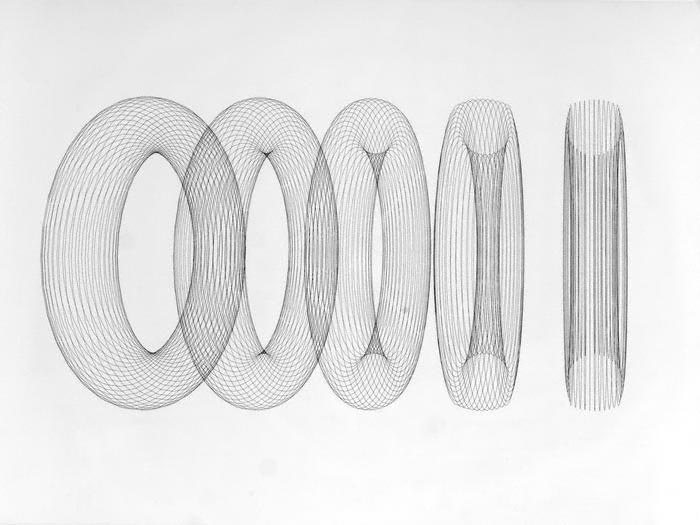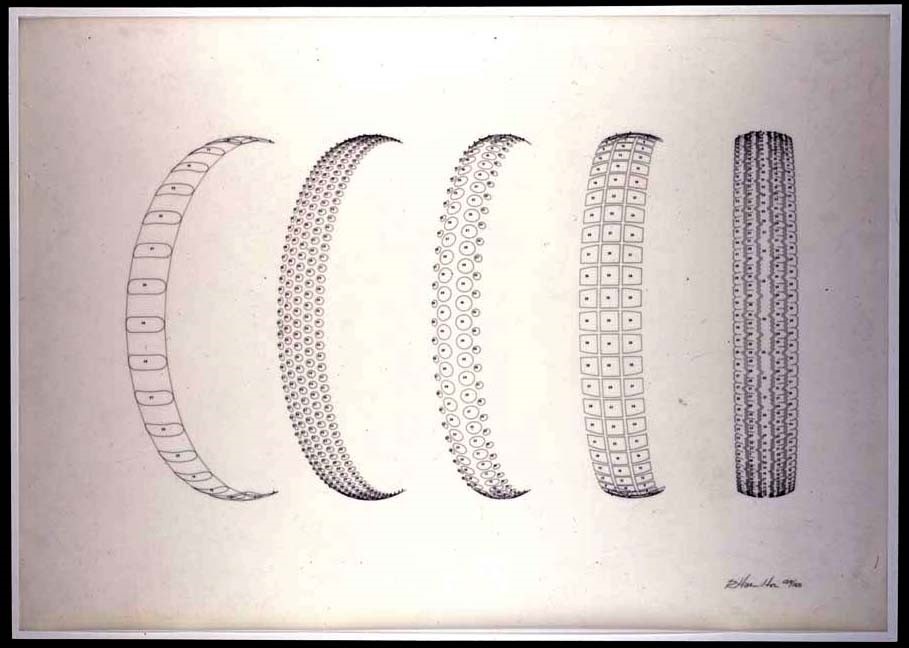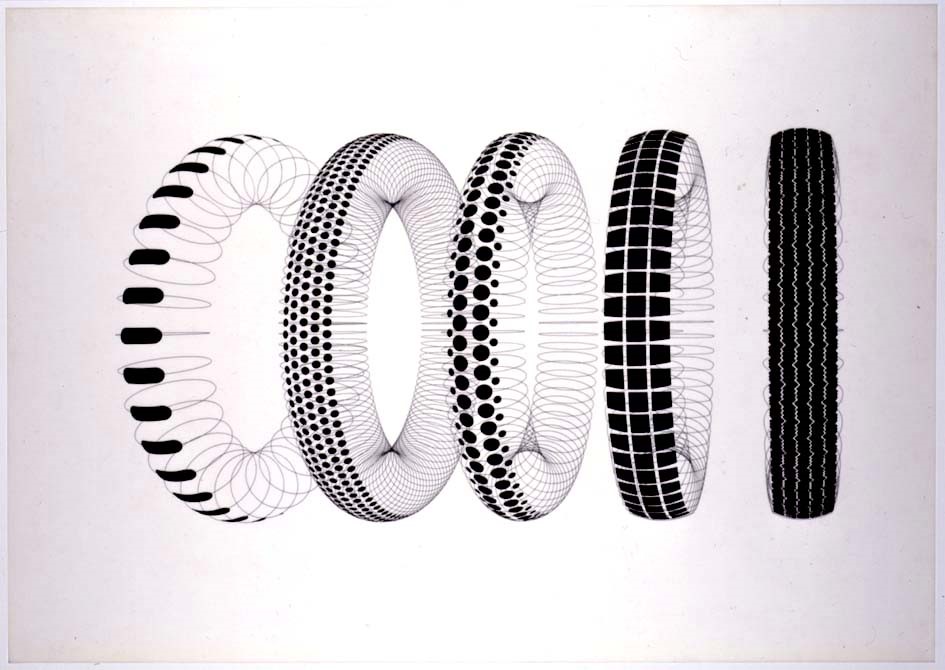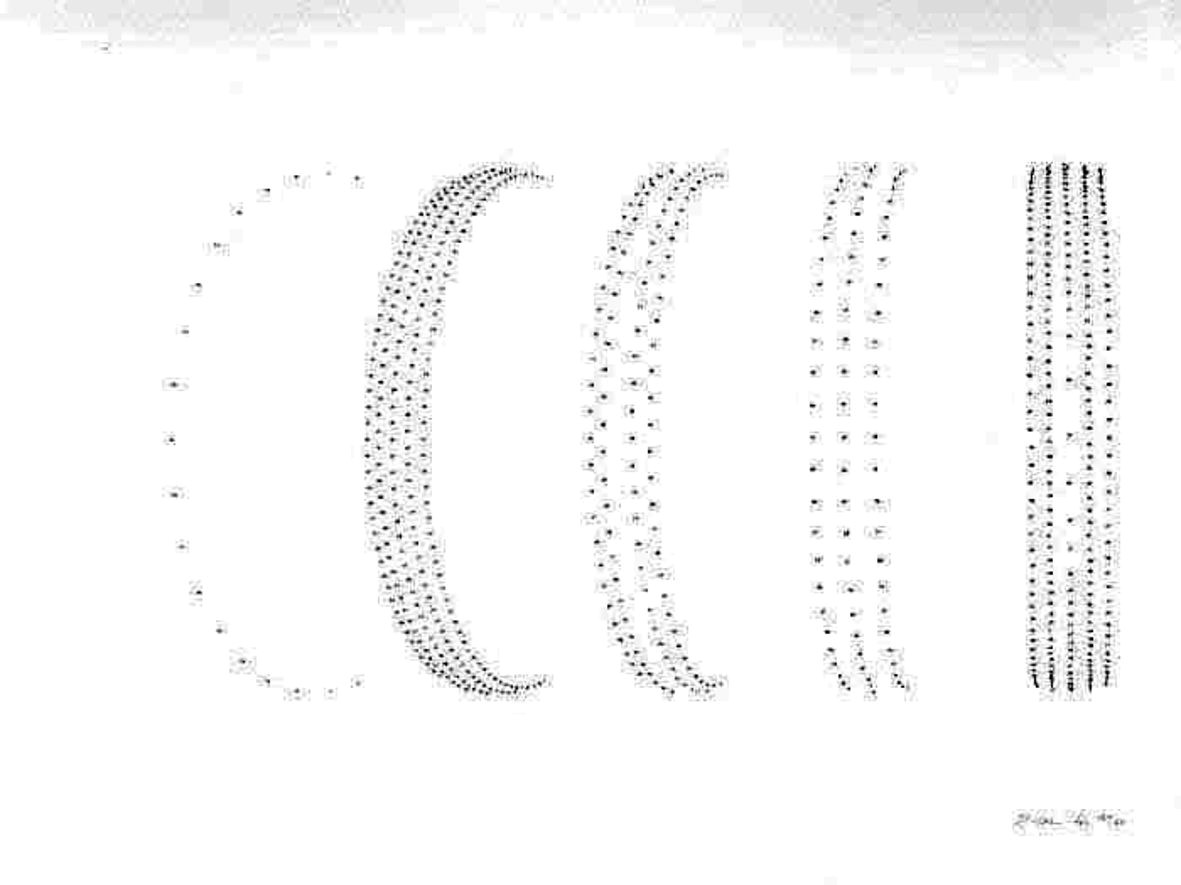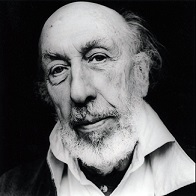
Nationality:
British
Studied
1938-1940 & 1946: Royal Academy Schools, London
1948-1951: Slade School of Fine Art
Taught
Central School of Arts and Crafts, London
Kings College, University of Durham (now the University of Newcastle-upon-Tyne)
Background
Hamilton broke off his pre-war fine art studies at the Royal Academy Schools to train as an engineering draughtsman, going on to design jigs and tools. When he finished his wartime work he returned to the Royal Academy
Schools, but was expelled for “not profiting from the instruction”. In 1952 Hamilton began teaching at what was then the Central School of Arts and Crafts and was later appointed by Victor Pasmore to teach at Kings
College Newcastle; he gave up regular teaching to work with the guidance of Marcel Duchamp to reconstruct a work made between 1915 and 1923 by Duchamp - The Bride Stripped Bare by her Bachelors, Even (The Large Glass), for the Duchamp exhibition held at the Tate Gallery in 1966.
The artist
The artist was co-founder of the Independent Group (with Eduardo Paolozzi, Lawrence Alloway and others, in 1952), designing exhibitions exploring the ideas of D’Arcy Wentworth Thompson: at London’s Institute of Contemporary
Arts (Growth and Form), and at the Hatton Gallery in Newcastle (Man, Machine and Motion). As a member of the Independent Group and through the work he produced for the exhibition This is Tomorrow, at the Whitechapel Gallery, Hamilton had a decisive influence on the development of Pop Art in England. Hamilton gained an international reputation as a painter and printmaker. His further impact was in the realm of ideas that were sometimes difficult
or controversial (e.g. The citizen[1], 1981–1983).
The artist represented Britain at the Venice Biennale, has been the subject of several retrospective exhibitions and was made a member of the Order of the Companions of Honour (CH) in 2000.
Five Tyres Remoulded – suite
After his training in engineering draughtsmanship Hamilton worked as a jig and tool designer. Keen to embrace certain types of technology, he embarked on this project in 1963. For some years he had kept an illustration
from a 1951 edition of the magazine Technique et Architecture illustrating the development of tyre treads between 1902 and 1950, and began to make a perspective drawing of the subject.
This opened a project opened that underlines Hamilton’s interest, firstly, in design technology; and, second, in exploring the ideas of Marcel Duchamp in the use of tautology and repetition. The plan was to emboss a relief
print of the tyre treads in perspective. It seems that Hamilton was using the project to explore perspective with some of his students in Newcastle. He has written that:
As an exercise in perspective it is as tough as any that might be engaged in. (. . .) There was no intrinsic difficulty in representing the tyres except that to use idealized perspective projection of a standard Renaissance type for this particular geometry was exceptionally laborious. I found one evening that I had taken two hours to establish five points among thousands.
Etienne Lullin (2002), Richard Hamilton: Druckgraphik und Multiples 1939- 2002, (Düsseldorf: Richter.)
Work was broken off with regret and a pair of prints was published by the ICA as Five Tyres abandoned, in 1964. Some seven years later Carl Solway, an American art dealer, visited Hamilton’s studio and proposed
using a computer to plot the tyre tread perspective. The task was undertaken by Sherrif F. Martin and the result was Five Tyres Remoulded, which was published in 1972.
The suite comprises one collotype and seven screenprints on Mylar film. The screeprints can be overlaid or displayed separately; since 1990 they have been grouped as follows: N620, N621, N623; N622, N625; N624, N626.
The collotype (providing textual documentation) is framed separately. (A relief cast in white silicone elastomer that was published with this suite is missing.)
[1] Note that “The citizen” intended uses the lower case.
Other resources
Richard Hamilton on Wikipedia

